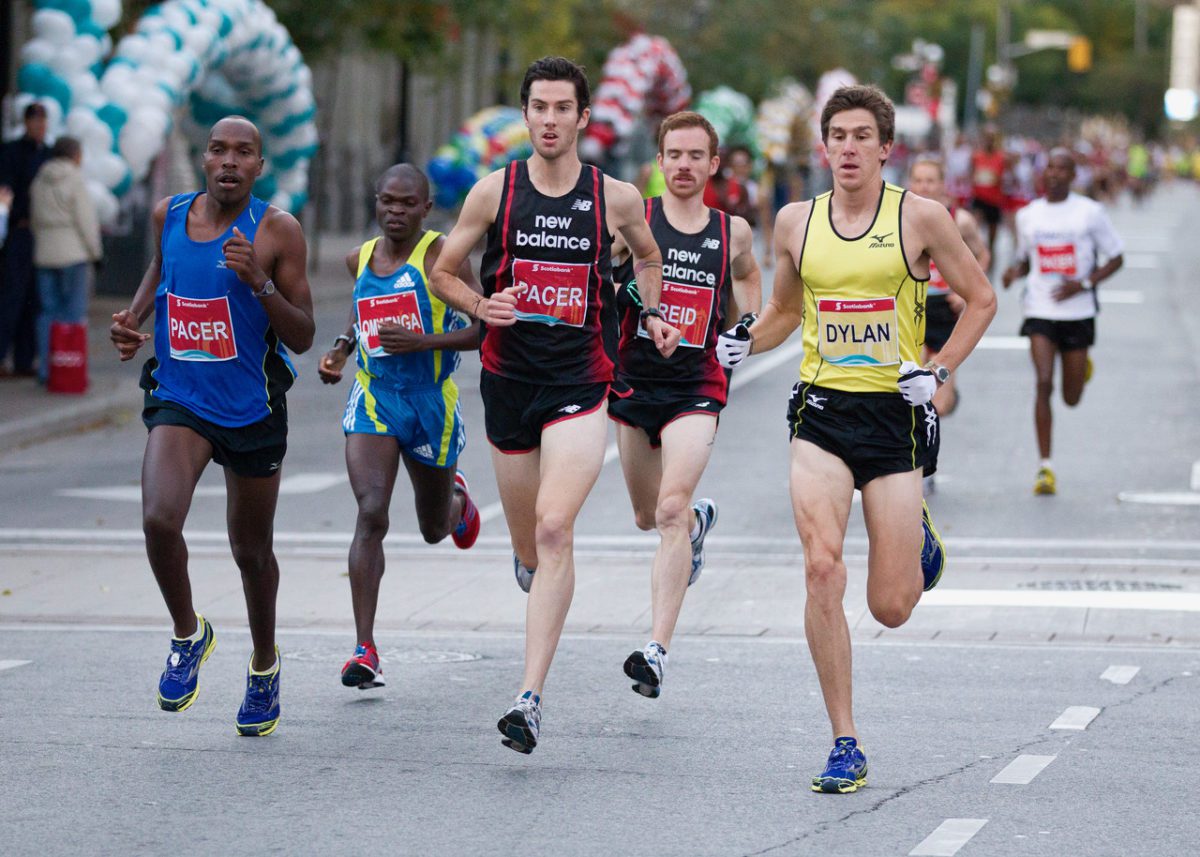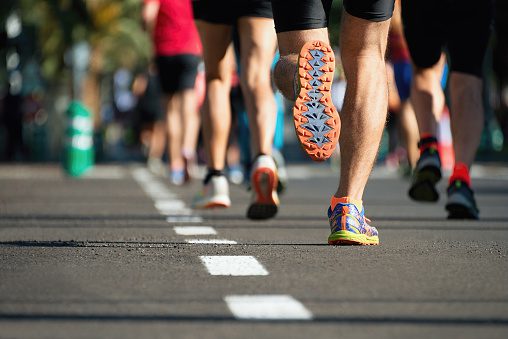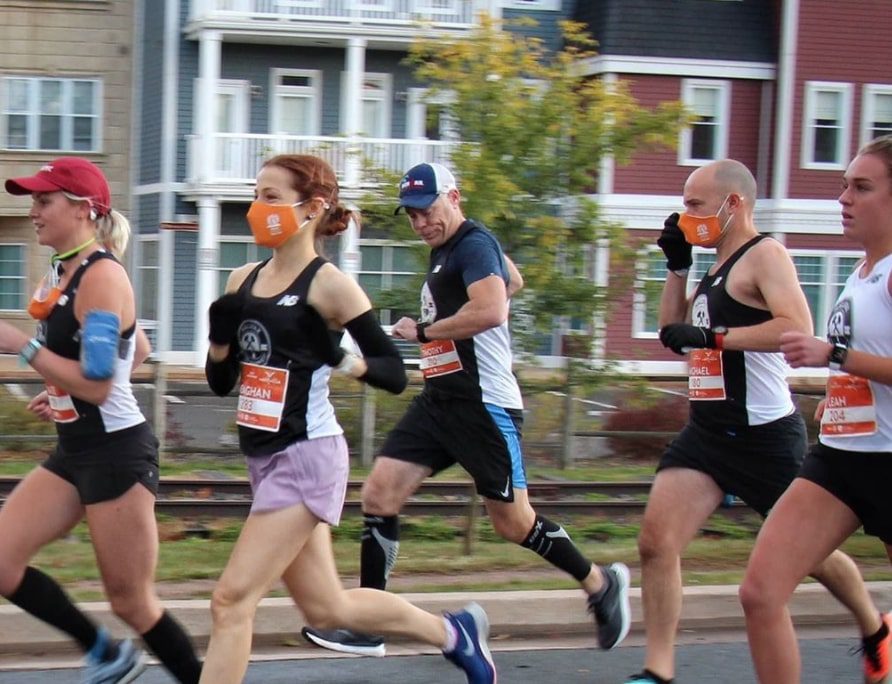Hitting the wall, by the numbers
The who, where, when and why on bonking near the end of a marathon

Even if you’ve never run a marathon, you’ve likely heard the phrase “hitting the wall” — the phenomenon that occurs when a runner reaches the later stages of the 42.2-kilometre race and suddenly experiences a significant, unintentional yet unavoidable slowdown in pace. Ireland’s Barry Smyth, director of the Insight Centre for Data Analytics at University College Dublin, recently published a massive analysis of marathon splits and finish times, providing us with new information regarding the who, what, when and how much of hitting the wall.

RELATED: How to stay injury-free during marathon training
Before going any further, we must first define exactly what hitting the wall means. To do this, Smyth compared runners’ 5 km splits from the 25 km mark to the finish with their 5 km splits between the 5 km mark and the 20 km mark. After examining these numbers, he determined that runners who slowed down by at least 20 per cent for at least 5 kilometres late in the race had effectively hit the wall.
When do runners hit the wall, and how much time does it cost them?
To perform his analysis, Smyth used pacing data from more than four million marathon performances, from 2.7 million different runners. He narrowed this data down to 717,000 runners for whom he could find multiple marathon performances over several years. He found that runners were most likely to hit the wall in a marathon in the three years before their best-ever marathon time, with 40 per cent of men and 28 per cent of women hitting the wall during this time. Why? It’s possible that in the earlier years of a runner’s marathon career, they’re more likely to make training or race day errors that cause them to bonk near the end of the race. This is the time when they may also be more likely to take risks in an effort to get a new PB, making them more susceptible to hitting the wall.
So when you hit the wall, how much time does it actually cost you? Smyth found for most runners, it slows them down by a little over half an hour. Specifically, the men in his analysis added an average of 31.5 minutes to their finishing time, while women added 33.2 minutes.
Men vs. women
Without question, Smyth’s analysis showed that men hit the wall more often than women, with 28 per cent of male runners hitting the wall versus 17 per cent of female runners. It also revealed that women recovered faster from their slowdown, with their rough patch typically lasting 9.61 km, while the men tended to struggle through it for an average of 10.7 km. This is consistent with studies that have shown that women tend to be better pacers than men, making them less likely to go too hard at the beginning of the race and pay for it later.
Smyth’s data showed that faster runners are more likely to hit the wall, and this could be because going after a faster PB requires them to take a bigger risk on race day.

How can you prevent hitting the wall?
In his conclusions, Smyth writes that runners and coaches have the ability (to a certain degree) to control whether a runner will hit the wall by making better pacing decisions and by being aware of the increased pacing risk, for males in particular, and for all runners when they are pursuing a PB.
Of course, there are many reasons why someone might hit the wall during a marathon (you undertrained, you didn’t hydrate properly or take in enough pre or mid-race fuel), and an error in any of those areas could result in a significant slowdown later in the race. So if you’re training for a marathon, make sure you nail down your fueling and hydration strategy well before race day, you periodize your training properly so you’re prepared for the demands of the distance and you plan to run at a realistic pace to avoid hitting the wall.


